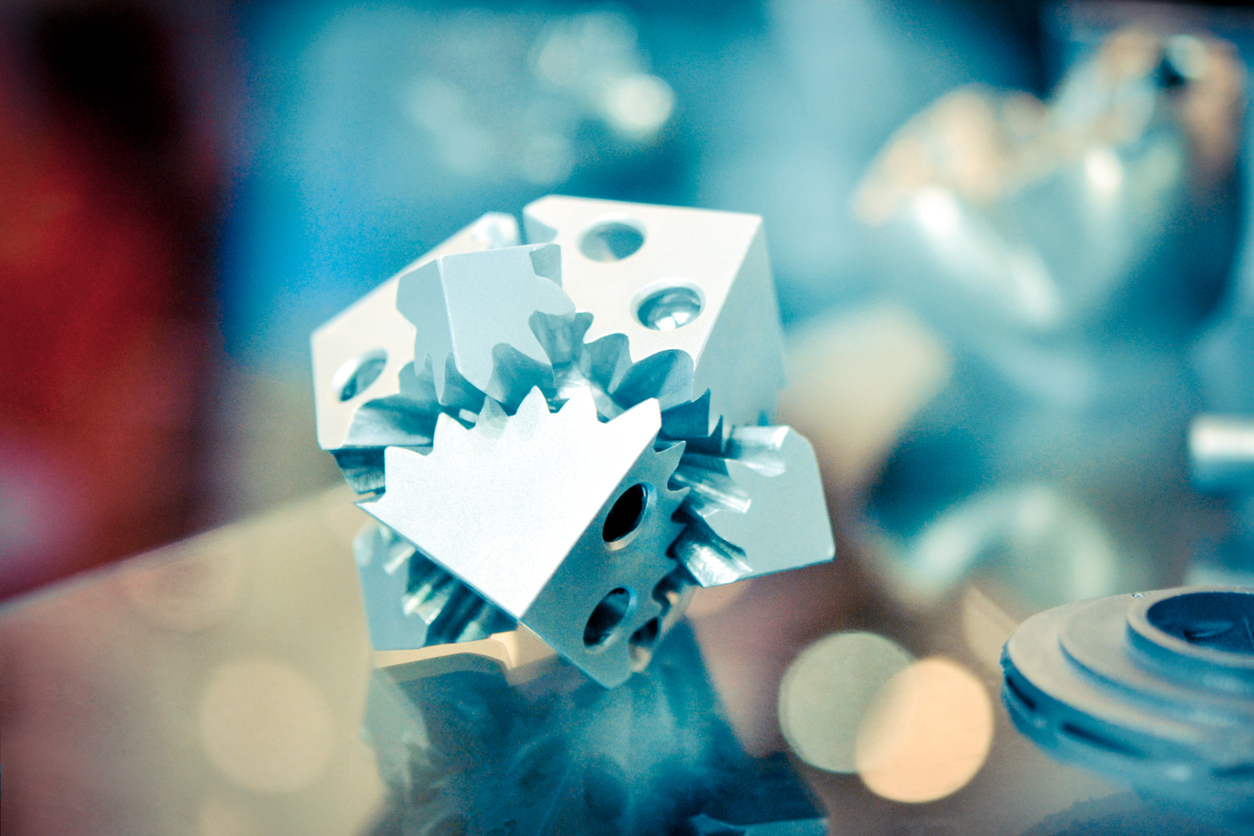Multi-part assemblies are important in 3D printing. They allow you to create big projects and make more detailed projects possible. Finding the right way to bond the parts is an important step in the process. What can you do to get a 3D printing result you can be proud of? Read on to find out about the best solutions to bonding 3D prints.
Super Glue
Super Glue is the most obvious and best choice for bonding 3D prints. It is a superior bonding agent. It is also an infiltrant. Its molecules are strong enough to infiltrate material pores. It dries quickly and invisibly. It is long-lasting. Super Glue is also resistant to chemical and mechanical changes. There are odorless and gel options. Acutool Super Glue Gel Formula provides no-mess application on detailed and delicate projects. On top of that, it is affordable and easy to find.
Super Unix
Super Unix is the newest product from Super Glue. This “universal instant extreme adhesive” works on any material. It works great on plastic and 3D prints. Designed to outperform instant super glues, it has a 10-second setting time and a strength of 2800 psi. It is odorless, dries crystal clear, and is water-resistant.
Super Glue Compatibility
Super Glue is compatible with all materials used in 3D printing. Its low viscosity makes it infiltrate and stabilize 3D models. Its colorless nature makes for seamless bonding.
Other Bonding Methods
Solvent
If you don’t want to add glue, you can try to bond your project with a solvent. Solvent bonding is basically chemical welding. You apply a liquid (using a natural bristle brush) to the project which dissolves it somewhat. When the parts re-harden, they are bonded together.
Acetone or paint thinner can be used to bond certain plastics in this way. ABS, PLA, and HIPS all work well. It should give a very strong bond and an invisible seam.
3D Pen
Bonding 3D prints using 3D pens is a glue-free, solvent-free, mess-free way to work. It also allows you to color match. Since the pen can print the same material as the 3D printer can, your project will look seamless and polished. That said, the bond created is not strong. Only use a 3D pen for bonding non-functional parts.
Plumbers Cement
Plumbers cement is another good option for gluing ABS, PLA, and HIPS. Plumbers cement is a solvent-based glue. It reacts with plastic as acetone does. Plumbers cement creates a very strong bond. The cement is usually yellow or red, so the bond will not be invisible.
Like acetone, plumbers cement does not work with PETG or nylon.
Hot Glue
Many people have a hot glue gun around the house. This makes it an easy alternative for 3D print bonding. The bond it creates will be visible. Hot glue also requires 2-3 mm in thickness. Consider that when making your choice of glue or designing your parts. The bond is relatively strong. The thing people like most about hot glue is it cools in a few seconds. There is no need to mess around with parts while waiting for glue to dry.
Super Glue Strength
Super Glue makes products you can count on. Super Glue has a robust line of bonding materials. They include waterproof, odorless, and high-performance engineering adhesives. Super Glue is commonly used in auto repair, scrapbooking, 3D print bonding, and more. Super Glue has a product for every project. View the Super Glue line now!
Sources:
https://makerhacks.com/bond-glue-3d-printed-parts/
https://all3dp.com/2/gluing-3d-printed-best-ways-bond-3d-prints/
